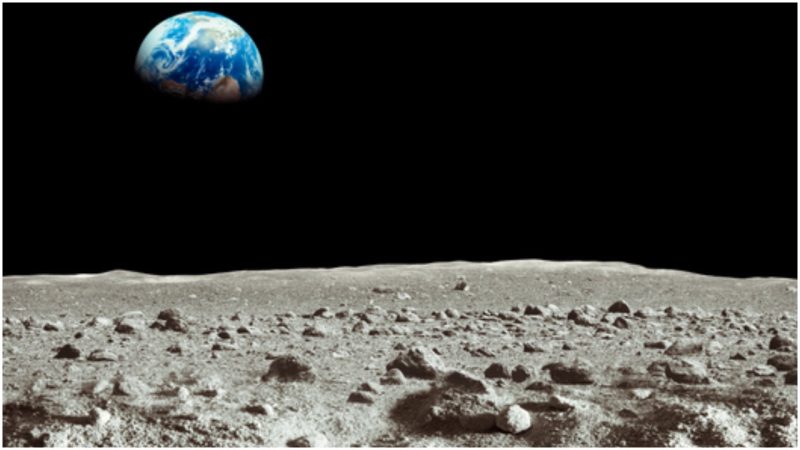Rear Admiral Alan Bartlett Shepard Jr. was a graduate of the United States Naval Academy at Annapolis, an American astronaut, naval aviator, test pilot, and businessman.
He was the second person, and the first American, to travel into space. In 1971, at the age of 47, he became the fifth and oldest person to walk on the Moon and the only one who ever played golf on the lunar surface. Talk about some otherworldly experiences…
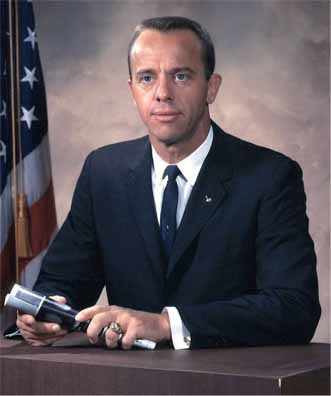
Born on November 18, 1923, in Derry, New Hampshire, Shepard attended Adams School in his birth town where he showed great academic abilities. Because of this, he skipped the sixth and the eighth grade at Oak Street Middle School, where he continued his education.
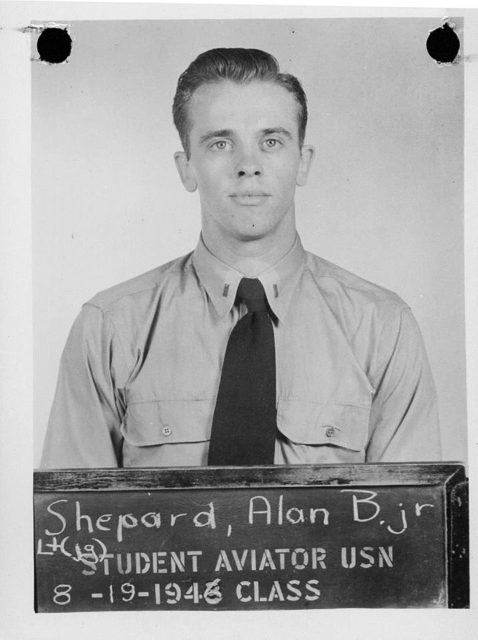
Soon after his graduation in 1940, his father wished for his son to take part in World War II and join the army, but Shepard preferred the Navy, so he applied to join them that same year. At 16 years of age, he passed the United States Naval Academy entrance exams with ease, but because he was still too young, was sent to the Admiral Farragut Academy, a prep school where he exhibited little interest in the study material.
His grades were mediocre, to say the least, despite the fact that the Farragut IQ test revealed an above average score of 145. He graduated in 1944, ranked right in the middle, coming 463rd in a class of 915. After a month of pilot studies was assigned to the destroyer, USS Cogswell.
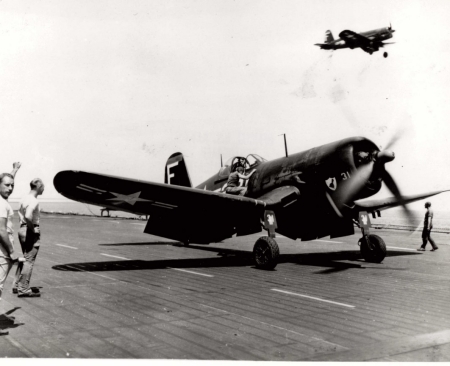
After decades of loyal service in the US Navy, in 1958, when President Dwight D. Eisenhower launched the space race and gave permission to NASA to recruit its first astronauts from the ranks of military test pilots, Shepard found himself among the seven selected for Project Mercury.
This was the first American manned mission into space aimed at launching a man into orbit around the earth and return him safely to the Earth.
Three years later, on January 19, 1961, the director of NASA’s Space Task Group, gathered the seven astronauts to give them the news that a tough but final decision had been made, and the first American to fly into orbit would be Shepard. After several months of hard training, 120 test flights, many simulations, and some inevitable technical setbacks, Shepard and his Mercury 7 spacecraft, were finally deemed ready and set to go.
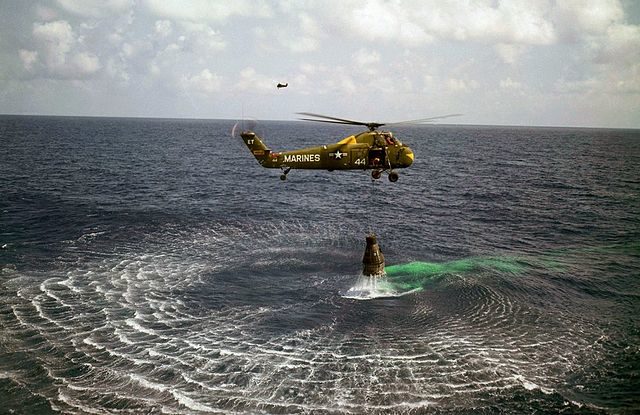
On May 5, 1961, the spacecraft Freedom 7 was launched, thus making Shepard the first American, and the second person after Soviet cosmonaut Yuri Gagarin, to travel into space. Televised, his launch was seen by millions. In about 15 minutes of suborbital flight, Freedom 7 reached a height of 187 km and fell into the Atlantic ocean, 486 from the missile site.
However, Shepard’s ambitions were even greater. Even though he was diagnosed with Ménière’s disease in 1963, and given a non-flight status because of his condition, he still wanted the Moon like nothing else. In the meantime he had to settle for a desk job, working as Chief of the Astronaut Office.
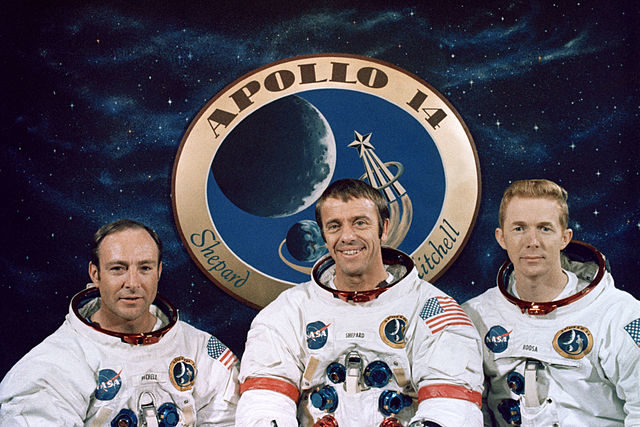
It was 1968 when he learned that, Dr. William F. House, an otologist in Los Angeles, had found a remedy for Ménière’s disease, and was already performing successful operations on patients who suffered from it. Shortly after, Shepard arranged to meet him, At the meeting, they concluded that an operation on his mastoid bone was needed, so a small tube could be inserted into the endolymphatic sac to drain the excessive fluid from his inner ear.
On May 7, 1969, the surgery went as planned and Shepard was cured. This lead to him being reinstated to full flight status by NASA and joining to the Apollo program. He made his second space flight as Commander of Apollo 14, in what was America’s third successful lunar landing mission, lasting from January 31 to February 9, 1971. Piloting the lunar module Antares to the most accurate landing of the whole Apollo program, Shepard became the fifth and, at the age of 47, the oldest man to walk on the moon, thus realizing his dream.
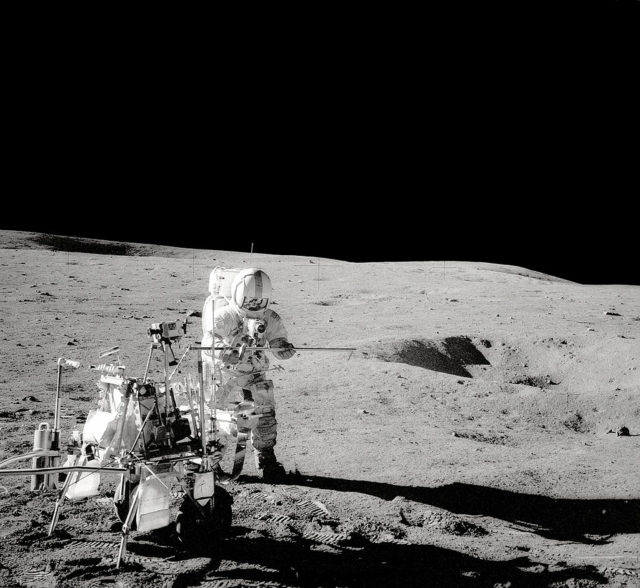
Not only that but six days after the successful landing, on Feb. 6, 1971, he drew out an improvised six-iron he had hidden on board the Apollo and hit two golf balls on the moon’s surface. By doing so, Shepard became the first, and until this day, the only person to play golf anywhere other than the face of the earth.
Having survived a crash landing on his first mission and spending years suffering from dizziness and extreme vertigo due to his condition, Shepard was longing to do something truly unique if he ever got to the Moon. For this reason, he asked a local club pro in Houston to attach a head of a six-iron on a lunar rock scooping handle, and afterward, covered it with a sock so it wouldn’t be found and thrown away before launch.
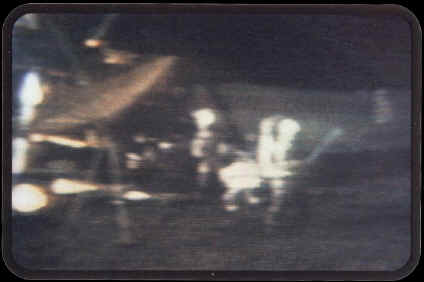
Only a few NASA members were aware of his plan, few enough to help him hide the club in the Modular Equipment Transporter. So then, while making an extensive exploration on the lunar surface, he pulled the club out and hit two balls from the surface. The first shanked, the second went as far as 200 yards. A thin atmosphere and lower gravity meant greater travel distance for the balls and Shepard later jokingly bragged about his achievement and the science he put into it.
Following Apollo 14, in June 1971, Shepard returned to a desk, working as Chief of the Astronaut Office once again, and on July 31, 1974, he retired from both NASA and the Navy. That same year he donated his famous club to the USGA Museum. Never having really witnessed his daughters growing, he devoted the rest of his life to Julie, Laura, and Alice, the only astronauts’ children privileged to attend NASA events.
